Fast fashion, rapidly processed and sold clothing, has become increasingly prevalent in today’s society. The growth of fast fashion is credited to micro-trends – fads that gain popularity as fast as they lose it. Current micro-trends can include styles like “cottage-core” and “coastal grandmother”. And, to keep up with the need to follow these ever-changing trends, came the creation of fast fashion.
The rise of fast fashion started in the 1990s when the brand Zara launched in New York. The company created new collections every four weeks, thus being the start of micro-trends. The need to keep up with constant consumer demands causes large companies, like H&M and Zara, to manufacture their clothing in developing countries, where regulations are lenient and labor costs are low. According to GW Law, micro-trends encourage companies to “engage in unethical labor practices in order to create a high volume of clothing at a low cost”. Unethically, many fast fashion workers are severely underpaid, making as little as $50 per month, barely sustaining life. Most live below the poverty line, the minimum level of income adequate to sustain life in a certain country, yet work a grueling 14-16 hours a day, 7 days a week, and are often verbally or physically abused by managers.
Additionally, the fashion industry creates a multitude of detrimental effects on the environment. Today, humans consume approximately 80 billion pieces of clothing each year. This is 400% more than the combined amount of the past two decades. And, according to Insider, nearly 85% of these textiles end up in landfills each year. The mass amount of waste the industry produces makes it the second largest polluter in the world, behind the oil industry. In 2015, the fashion industry consumed around 79 billion cubic meters of water. To put it to scale, that amount of water can fill 32 million Olympic swimming pools! Currently, it is estimated that over 2 billion people are affected by water shortages in over 40 countries, and the fashion industry only further worsens the problem.
During the pandemic, stores closed down which grew online businesses like Shein. Shein stealthily rose to fame, and the company is now valued at $100 billion, more than the combined worth of H&M and Zara – two very famous fast fashion brands. Shein thrives because of its business model. It is entirely online, allowing them to ship thousands of products directly from their warehouses. The online experience is also convenient for people to shop directly from their homes, making it an even more tempting brand. It is also hard for consumers to resist the temptation of the incredibly low prices that Shein offers. A shirt or dress can be easily bought for just five dollars. However, the low price comes with a high cost to the environment. Shein heavily contributes to the mass amounts of waste the fashion industry produces each year. Their reliance on synthetic textiles and encouragement for consumers to constantly buy new articles of clothing severely damages the Earth.
In the near future, it appears that fast fashion will be a trend that continues to stay. Many cannot forgo the alluring cheap prices, despite the damages the industry causes. As a society, we must try to better understand the dangers of the fashion industry; and how it not only has a significantly negative impact on our environment but also exploits workers. Making environmentally conscious choices can have a huge impact on our planet, and it starts with something as simple as choosing where to shop for clothing. By choosing a sustainable business or even buying secondhand, you can actively make a difference.



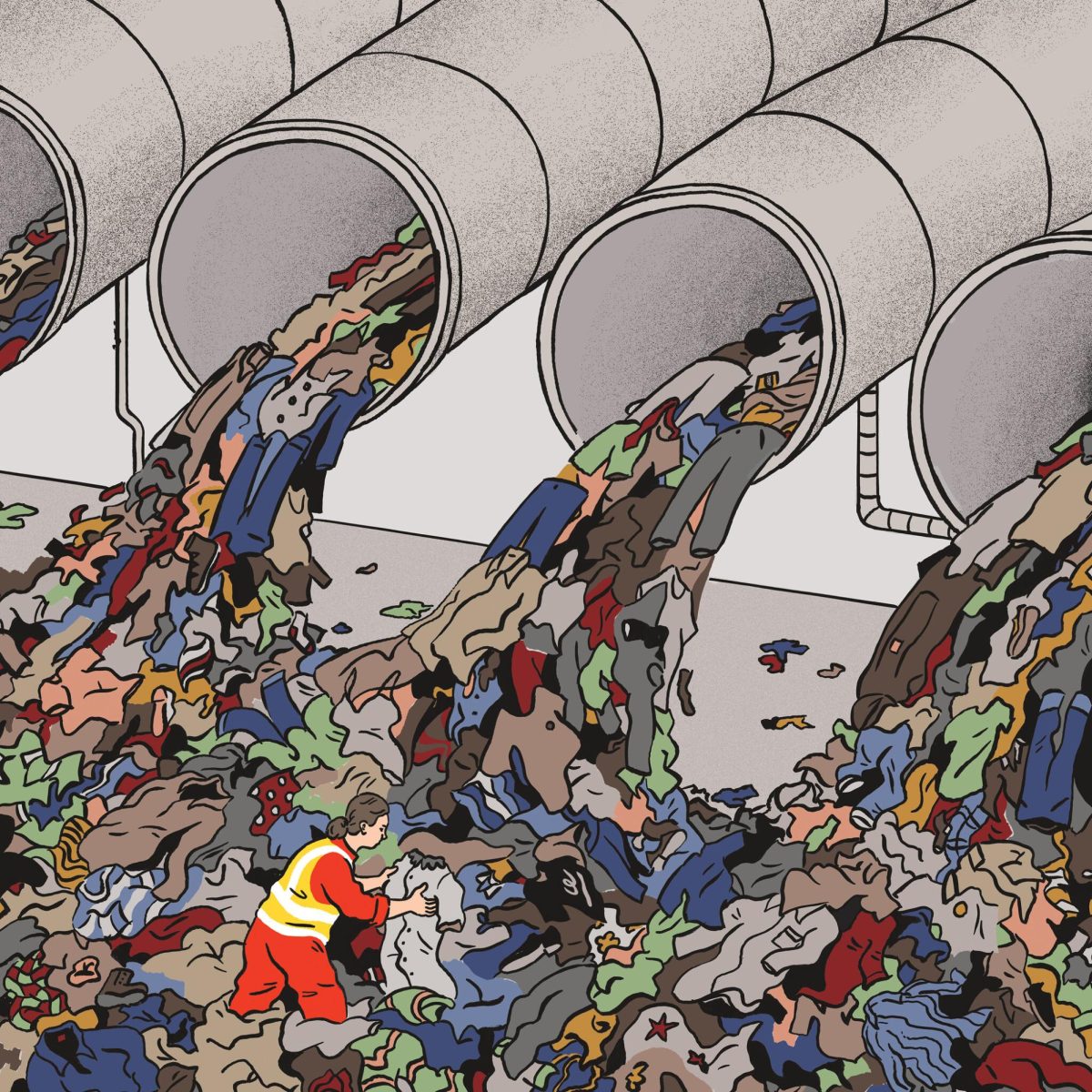
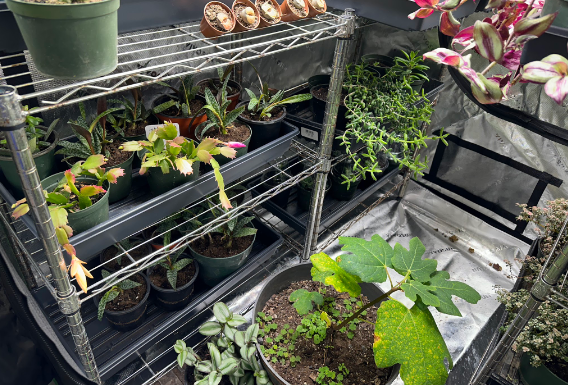




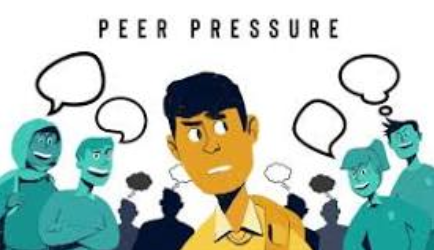

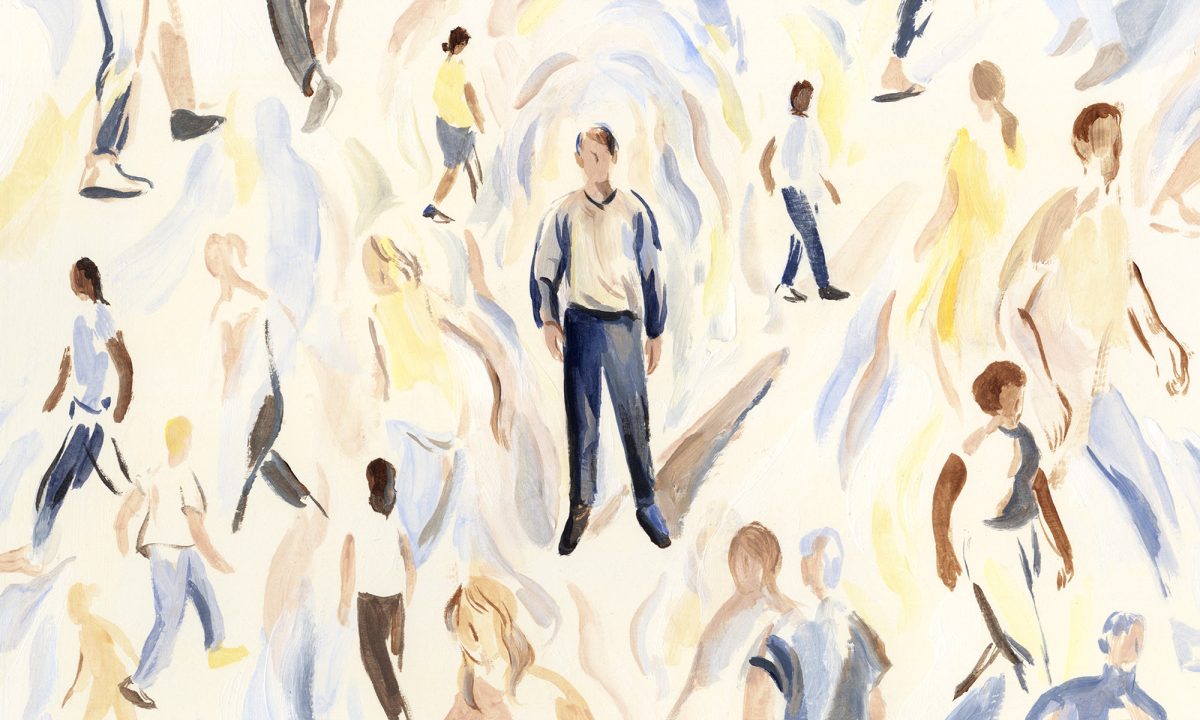
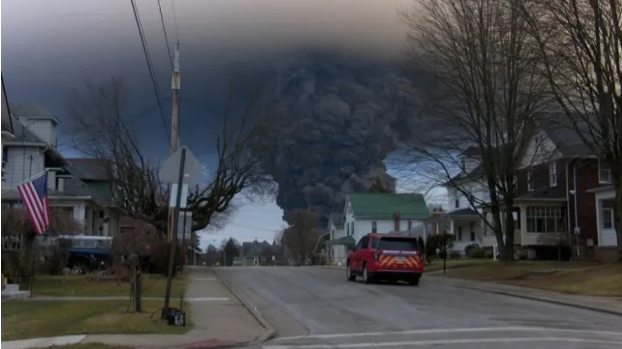
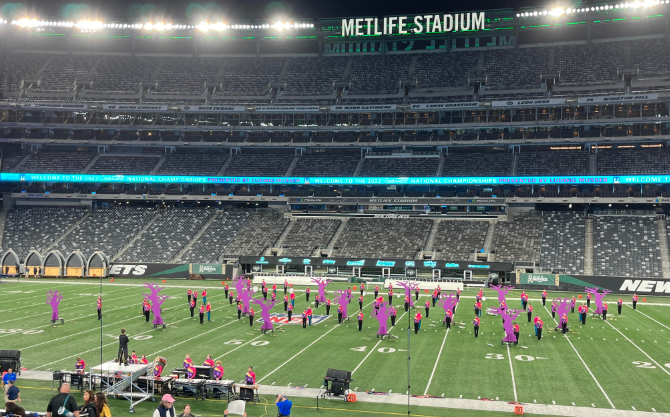


Amelya • Sep 28, 2023 at 10:18 am
So good charlie